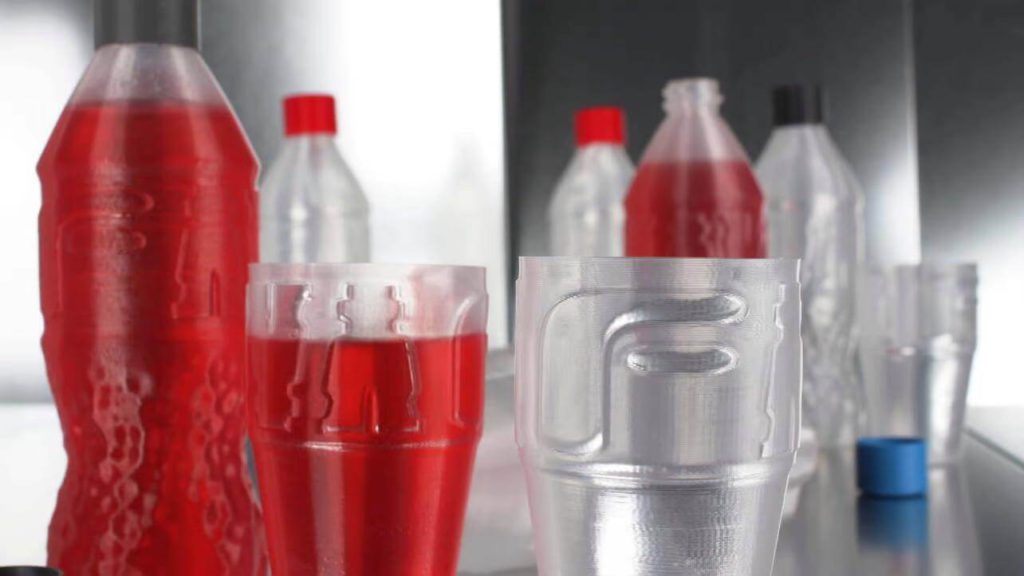
Polypropylene is a plastic with a unique set of properties. Learn about the main applications and the best brands of PP filament for 3D printing!
Polypropylene, abbreviated PP, is a common household plastic valued for its unique set of properties. The material stands out for its translucence, as well as its resistance to chemicals and fatigue. Being food and microwave safe, PP is an ideal candidate for food containers and other home applications. Its incredible fatigue resistance means that hinges can be made directly from the material, so-called 'living hinges'.
For 3D printing, PP is excellent for applications that need to be lightweight, waterproof, or durable. Food or liquid containers, as well as multi-bending clamps and latches, are popular applications. Although PP is considered a food safe material, keep in mind that food safety in 3D printing is a bit more special than simply reading the material properties of the filament.
PP printing comes with its quirks, so let's explore how to print and store the material. Next, we'll give you some good options if you want to get your hands on a thread of your own.
If you are interested in printing polypropylene parts, but do not have the opportunity to do so, you can turn to us. We from 3MG Bonev Ltd. we will print out the details you need for you. You will be able to choose from competitively priced options and have your order delivered right to your door.
Now, let's get more into the wonders of PP.
Printing and storage

Courtney Armstrong )
Printing PP can be challenging. However, with the right print settings, you can dramatically increase your chances of success. Below are the basic print settings we recommend:
- Nozzle Temperature: 205-275 °C
- Bed temperature: 80-100 °C
- For better bed adhesion: Clear packing tape, adhesion spray
- Fan speed: 50-100%
- Body: It is recommended that the printer is closed
The most important takeaways here are bed temperature and bed surface area. PP is challenging due to its tendency to peel off the print bed, so these factors are key to successful printing.
In particular, we recommend using clear packing tape as a printing surface, as PP likes to stick to itself. Regular clear packing tape (tape) is usually made of PP, so covering your printed layer in a layer of it should do the trick.
Note that print settings will vary by manufacturer, so we always recommend checking the specific recommendations for your thread before starting.
Storage
You will often hear that 3D printing filaments should be stored in a dry environment. Fortunately, PP is not considered hygroscopic, meaning it does not absorb moisture easily. Therefore, you usually don't have to worry about PP breaking down with moisture, although we can't talk about additives that manufacturers may have used.
However, PP is susceptible to degradation by UV light. As such, we recommend storing the material in a location away from direct sunlight.
Ultimaker

Ultimaker's PP filament is an excellent choice for those willing to spend a little more for a high performance material. Built into the Ultimaker ecosystem, Ultimaker users will benefit from automatic material detection and a well-integrated workflow. Unfortunately, this thread is only available in one diameter, size and color.
- Nozzle Temperature: 205-220 °C
- Bed temperature: 85-100 °C
- Diameter: 2.85 mm
- Color: Natural
BASF Ultrafuse
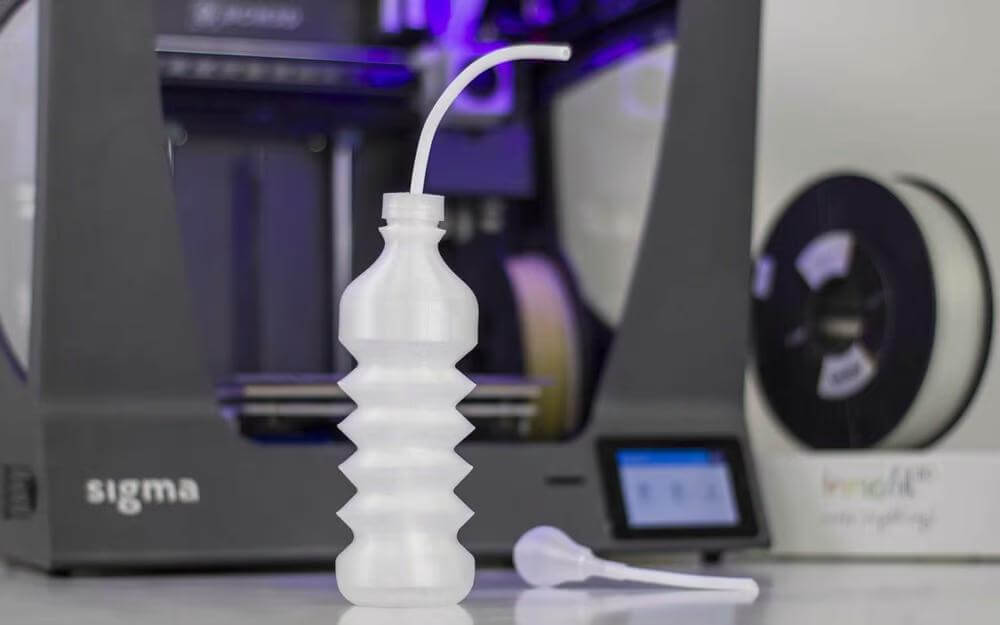
Formerly known as Innofil3D PP, BASF's Ultrafuse PP is a premium choice for those who need consistent print quality and performance. BASF is known for producing materials for industrial use, ensuring consistent quality between batches.
The only slight downside is that the material is not available in larger roll sizes for those doing a high volume print.
- Nozzle Temperature: 220-240 °C
- Bed temperature: 60-80 °C
- Diameters: 1.75mm, 2.85mm
- Color: Natural
FormFutura Centaur
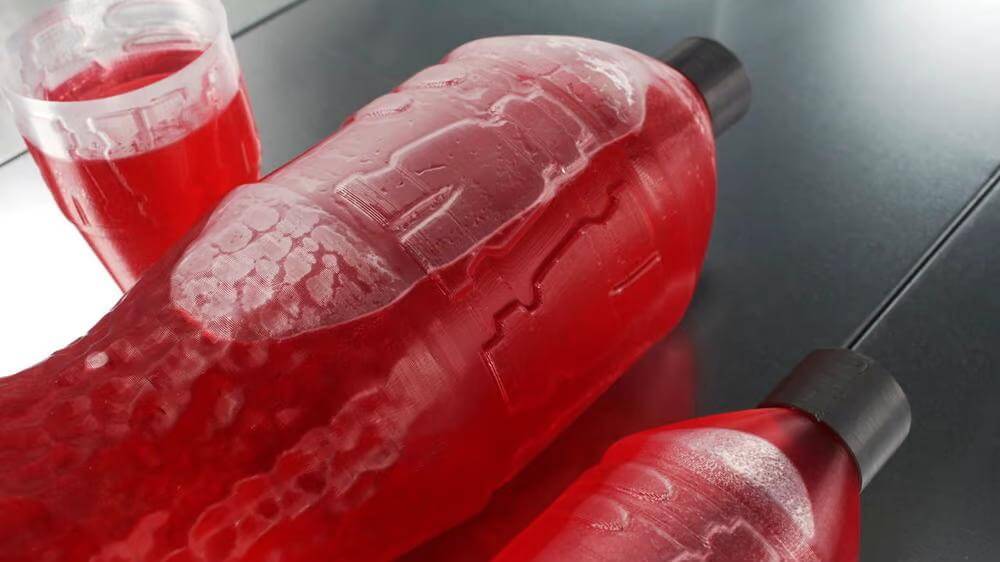
FormFutura's Centaur PP comes at a relatively good price. This makes it a great first foray into PP or just a great all-purpose thread.
Given the impressively wide range of reel sizes available, you're likely to find a size that suits your needs.
- Nozzle Temperature: 220-240 °C
- Bed temperature: Up to 65 °C
- Diameters: 1.75mm, 2.85mm
- Colors: black, white, natural
FormFutura Pegasus
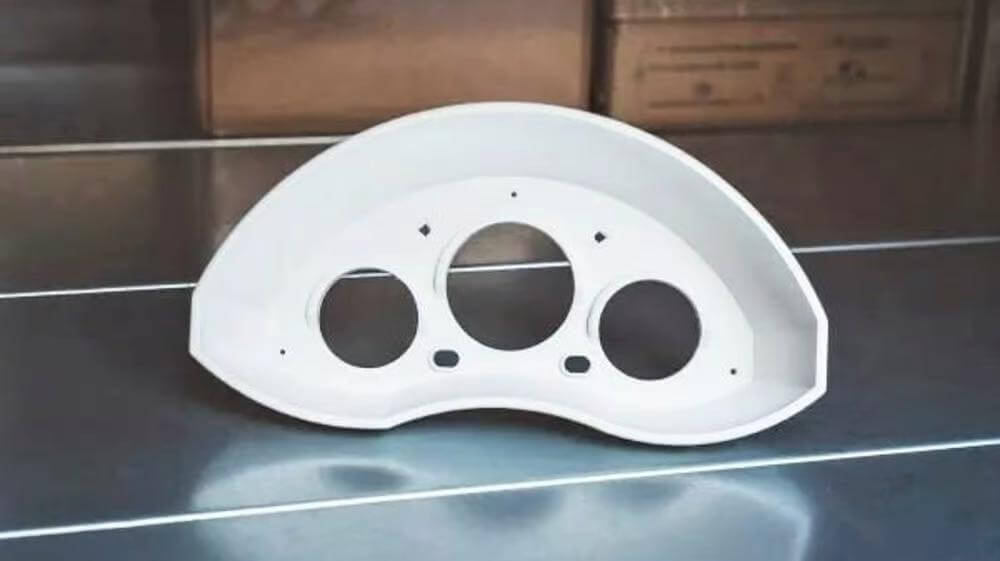
FormFutura's Pegasus PP Ultralight is, as its name suggests, extremely light, even for polypropylene. Enhanced with additives and nanotechnology, the material is 20% lighter than FormFutura's other PP offering, Centaur. This makes Pegasus PP Ultralight ideal for parts that need to be extremely light while maintaining durability and water resistance.
- Nozzle Temperature: 215-245 °C
- Bed temperature: up to 100 °C
- Diameters: 1.75mm, 2.85mm
- Color: Natural
Owens Corning
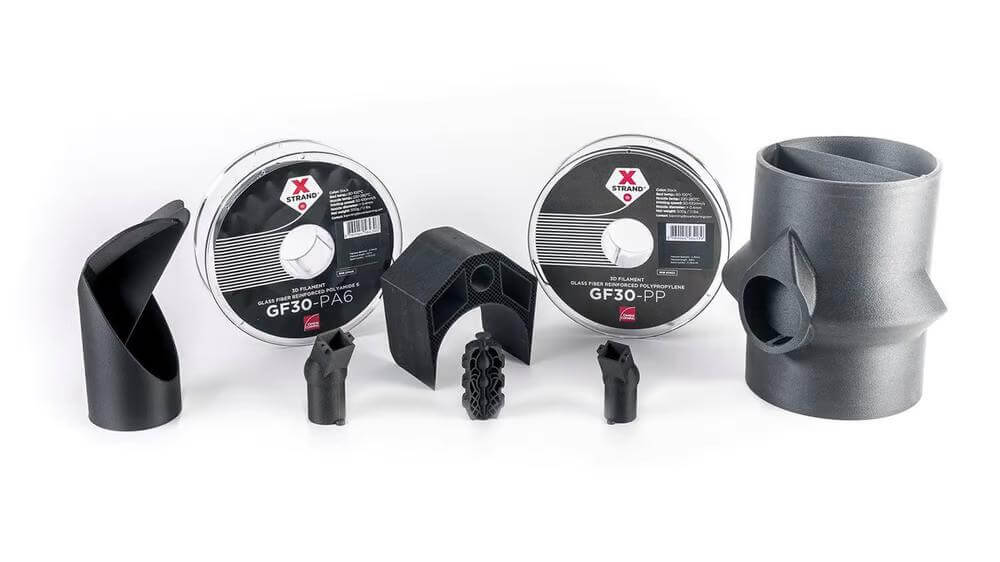
For the most demanding applications, we recommend Owens Corning's XStrand GF30-PP. Part of the company's high-performance XStrand line, the strand is reinforced with 30% glass fiber for superior strength. In addition, users can benefit from the material's integration into the Ultimaker Marketplace.
You can check the recommended settings for specific printers on the Owens Corning website.
- Nozzle Temperature: 240-275 °C
- Bed temperature: 40-120 °C
- Diameters: 1.75mm, 2.85mm
- Color: Black
0 Comments